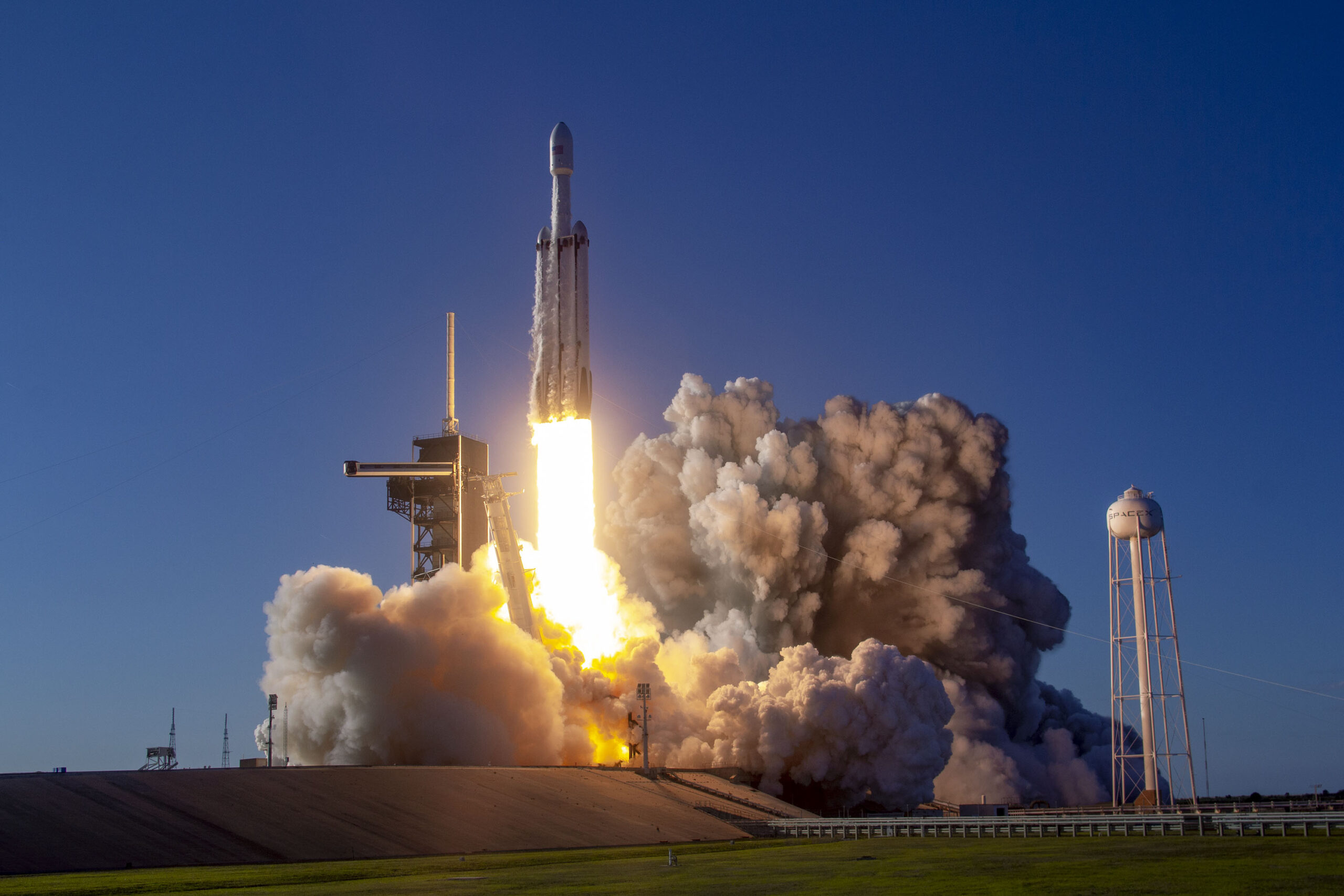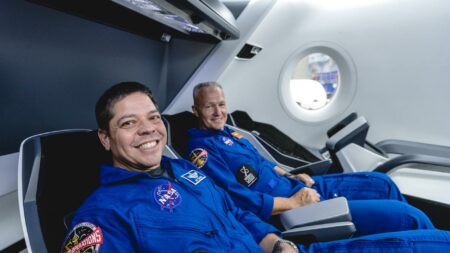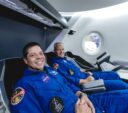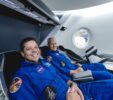The prominent launcher of dedicated small satellite launches, Rocket Lab, looks to achieve SpaceX-like rapid launch capability of its Electron rocket. The company is targeting its shortest turn around time between missions from the same launch pad. Just three weeks ago, Rocket Lab returned to operational launch status following the easement of Covid-19 restrictions at the company’s Launch Complex 1 in Mahia, New Zealand. The Electron rocket completed its twelfth mission nicknamed “Don’t Stop Me Now” which supported a rideshare payload of five smallsats to orbit. Now, Rocket Lab is ready for its third mission of 2020 – the second in just three weeks – with Electron’s thirteenth mission “Pics Or It Didn’t Happen.”
RIDESHARE MISSION OF SPACE CAMERAS
The “Pics Or It Didn’t Happen” mission features a rideshare manifest consisting of seven small satellite payloads for customers Planet, In-Space Missions, and rideshare and mission manager Spaceflight Inc.’s customer Canon Electronics. The majority of payloads are Earth-imaging satellites inspiring the “Pics Or It Didn’t Happen” mission nickname. The primary payload, Canon Electronics Inc.’s CE-SAT-IB microsatellite, will demonstrate the company’s high definition and wide-angle Earth-imaging capabilities and will serve as a testbed for future opportunities of mass production. Also aboard Electron is five of Planet’s latest generation SuperDove (Flock4e) Earth-observation satellites equipped with new sensors to produce higher quality images of Earth’s landmass on a near-daily basis. The UK enterprise In Space Missions provides the final payload with its maiden Faraday-1 6U CubeSat. According to In Space Missions, Faraday-1 is “the first in a series of satellites that will provide a turnkey service for commercial customers and research organizations wanting to access to space at a competitive and affordable cost.” Currently, In Space Missions has four more satellites under contract with the Faraday service.
Rocket Lab’s carbon composite Electron booster propelled by nine 3D-printed Rutherford sea-level engines capable of 36,000lbf (162kN) of thrust will send all payloads to a 500km sun-synchronous low Earth orbit at an inclination of 97.5 degrees.










